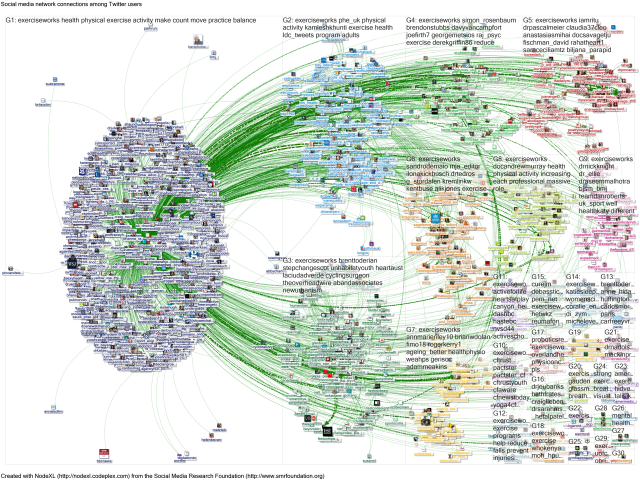I’m writing this blog in preparation for the European Public Health conference in Stockholm, 1-4 November 2017 (#EPHStockholm). At the conference I will be presenting the #ScotPublicHealth work on quality and impact of tweeting during 2016 (read JPH paper here; please contact me if you do not have access to the article and would like a copy). I have recorded a dry run as a “video abstract” (far from perfect, but useful preparation for the presentation itself). Full slides are available too.
The #ScotPublicHealth work emerged from the Scottish Public Health conference in Peebles, November 2015. It was clear that we should be attempting to network and share better across the Public Health community in Scotland – it was not enough to meet at an annual conference. Colleagues spread across large distances in Scotland did not have an opportunity to meet and discuss topics of mutual interest. I set out to improve connections using Twitter, but quickly learnt that colleagues wanted more advice about tweeting (see write up of #ScotPublicHealth tweet chat January 2016).

The series of blogs and webinars that we ran around #ScotPublicHealth in 2016 has been described in a series of blogs on this page; these activities were an attempt to learn more about public health topics and social media and internet technology. We looked at physical activity with Prof Chris Oliver, assets based approaches to improving health with Glasgow Centre for Population Health, health inequalities with NHS Health Scotland and Institute of Health Equity, and realistic medicine with Scotland’s Chief Medical Officer and an expert panel.
I compared tweets posted about “public health” in Scotland between September and December 2014 and compared these with tweets using the #ScotPublicHealth hashtag Autumn 2016. There was an increase in the quality of tweets as assessed by the % tweets with an image, URL and/or mention.

There was also an increase in the impact of these tweets as assessed by the % retweeted (and the number of retweets achieved). The greatest impact was seen in tweets that used more than one key component (mention of another Twitter user, image and/or URL).

It is clear from the findings that while general “public health” tweeting has improved, conference tweeting remains an area for improvement. Some people will only tweet on professional matters when prompted, for example at conferences. In my study this group of “conference tweeters” was less experienced than colleagues who had engaged in the #ScotPublicHealth work throughout 2016. Conference tweets in the #ScotPublicHealth study were less likely to include an image (which draws the eye in), a URL (which provides further information), or mention another Twitter user (which helps sharing). There was only a modest increase in quality of tweets between the 2014, 2015 and 2016 conference (⬆pictures, very small increase in use of URL though remained a small minority at 12% in 2016; no increase in mentions of other Twitter users).
The low use of URLs in conference tweets is a feature of other Public Health conferences collected in the following Wakelet summaries:
American Public Health conferences: #APHA2016 | #APHA2017
English and UK conferences: #PHEConf17 | #FPHConf2017
Scottish conferences: #ScotFPH2015|#ScotPublicHealth (2016)|#ScotPublicHealth (2017)
European: #EPHVienna (2016) | #EPHStockholm (2017)
The under-utilisation of URLs at Public Health conferences is a missed opportunity. Microbiologist Jon Otter and colleagues have demonstrated that the URL is important in professional sharing, and this has resulted in very effective and informative tweeting at microbiology conferences (see summary in Lancet Infectious Diseases Media Watch article). If there isn’t a link to a paper, blog or video that explains the findings presented at a conference then people will be less likely to share it on social media. As scientists and clinicians we need to assess the credibility of information before we can assess whether we want to broadcast it.






